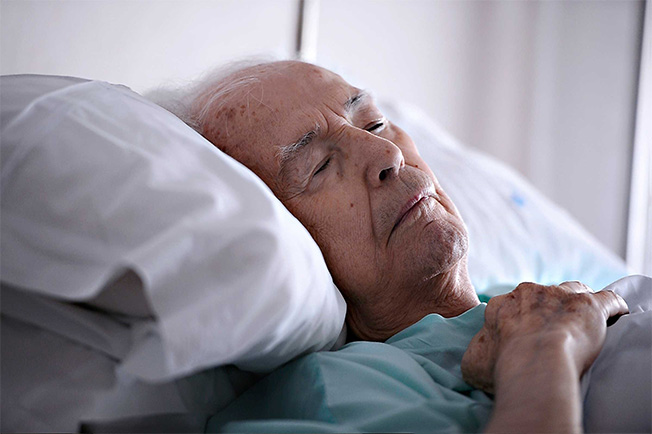
Did you know that sleeping problems are common with people living with dementia?
Sleep problems are among the most difficult symptoms of dementia. The brain damage caused by dementia affects the ‘biological clock’ in the brain that programs our sleep patterns. As many are not able to tell the difference between night and day, people living with dementia often sleep during the day causing them to display poor sleep patterns at night.
A person living with dementia can wake up several times at night feeling disoriented, not knowing where they are and sometimes not even realizing they are in bed. As they cannot see clearly in the dark and may not know where they are, they often end up falling out of bed and getting hurt.
Choosing an appropriate aged care bed for an older person living with dementia is therefore consequential to his/her safety and wellbeing.
![]()
What are some important aged care bed features to consider for an older person living with dementia
1. Environment Clarity
Ensure the person living with dementia can see the bed.

Colour Contrast
Select a bed with a frame that has colour contrast to add clarity to the environment. Dark and light tones on the head and foot board provide colour contrast so that the bed outline can be distinguished easily. This will enable a person with dementia to realise that he/she is in bed upon waking up and avoid unnecessary confusion. Being able to see the bed will also minimize injury risk from bumping into the bed. The bed should be easily seen from as many locations as possible and have access from both sides.
2. Fall Prevention
Ensure the person living with dementia can enter and exit the bed safely.

Left: Use mobility stick and side guards for support
Top-right: Lower bed to knee height and lower side guards to a suitable height for support
Bottom-right: Raise bed to knee height and raise side guards to a suitable height for support
Older people living with dementia are at increased risk of falls and their consequences. Patients with dementia fall twice as often as elderly cognitively intact people and are at greater risk of injurious falls.
In the Australian Ageing Agenda, Dr Keith Hill writes that while falls are common among people aged over 65 years, they are even more frequent among older people with dementia, with up to 80 per cent of people living with dementia falling in a 12-month period. In addition to the high risk of falling, people living with dementia have a substantially higher risk of injury associated with their falls. More
Mobility Aids
Mobility aids at the side of the bed like a mobility stick or side guards will provide support and prevent falls due to weakened leg muscles or conditions such as arthritis in the knees. Being able to enter and exit the bed safely will reduce the number of potential falls.
Bed Height Positioning
A hospital-style bed that can be adjusted, raised and lowered will assist someone living with dementia get in and out of the bed safely. It can also be placed at the exact height so that feet can touch the ground when getting out of bed. It can also be lowered until it almost touches the ground so that in the case someone does roll over in their sleep or attempt to climb out of bed, they can do so safely onto a fall mat.
3. Safe Navigation
Ensure the person living with dementia can navigate around the bed and room safely.
For an older person living with dementia and waking up several times at night, it is important to select a bed with illuminated controls and safety features for navigation in the dark.
Illuminated Bed Control Handset
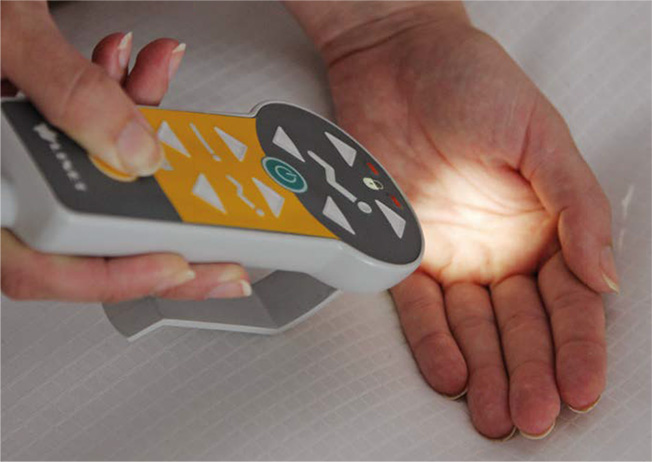
Available by the side of the bed, an illuminated control panel with integrated LED light is useful for orientation and safe mobilization in the dark. This should be placed at a specific location and be available at arm length.
Automatic Night Light
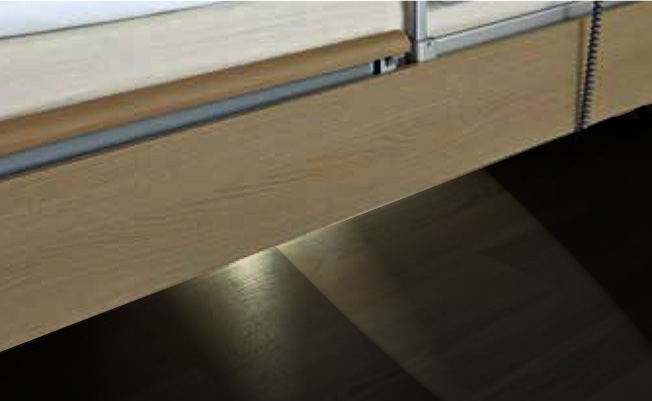
A bed that is equipped with a soft night light underneath, that automatically turns on when the bed resident leaves the bed and turns off when the bed resident returns to bed will provide safe and fuss-free orientation in the dark.
Being able to find the floor in the dark at the time of getting out of bed will minimize confusion and avoid potential falls. Being able to find the bathroom in the dark is also important especially if multiple bathroom visits at night is common.
![]()
Misconceptions about preventing bed falls for an older person living with dementia
Misconception : Side rails will prevent falls.
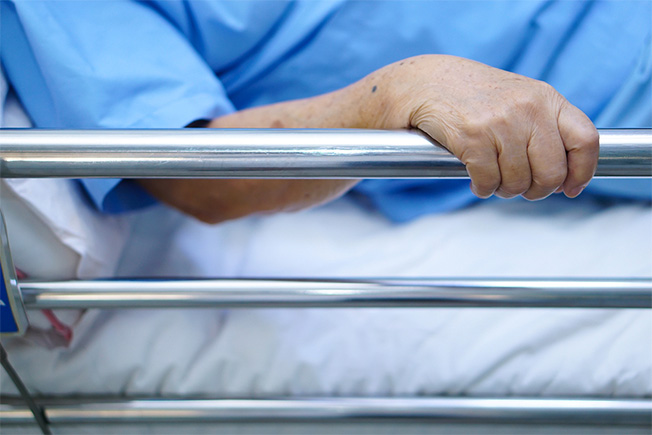
Frequently, a memory-impaired older person living with dementia will not be able to comprehend side rails on the bed. They will feel like they’re trapped and want to get out. They will attempt to climb out over them causing more bodily damage than would have occurred without the rails.

Selecting a bed with half-length guards will provide some orientation (using hands) and allow safe exit (using legs) from the bed.
Misconception : Sleeping on a bed that can be lowered to floor level will prevent falls.
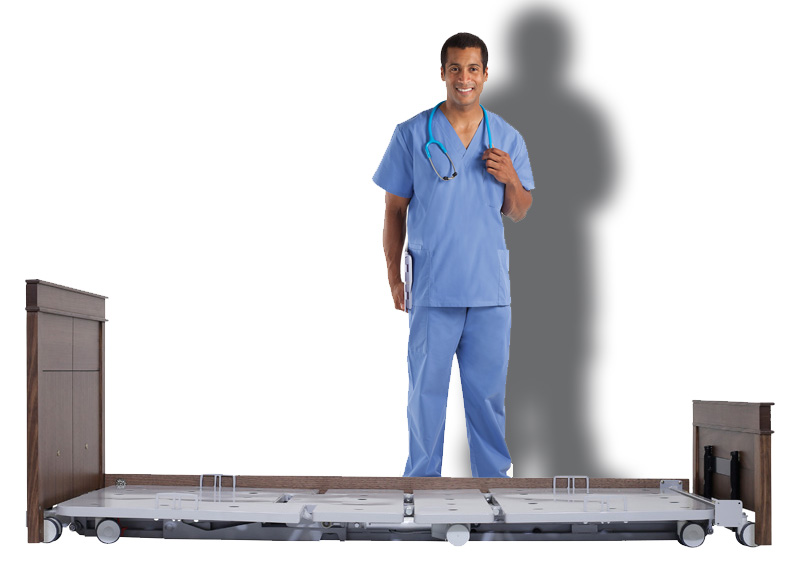
After spending most of his/her life sleeping and waking up from a bed, the older person living with dementia will be more confused to find him/herself waking up at floor level. It is more dangerous for an older person to get up to standing position from floor level without proper support than it is from a bed with a proper mobility aid.
Darkness at night often causes a person with dementia to become disoriented. Shadows and poor lighting often contribute to agitation and hallucinations. Imagine waking up in the dark to a huge shadow from a someone trying to help you get up from the floor. How scary can that be for someone living with dementia. How would they respond next?
![]()
Points for reflection and further consideration
While this article provides some insights in choosing an appropriate aged care bed for an older person living with dementia, it does not provide a “one size fits all” solution. Other factors such as prior injuries, rehabilitation needs, physical capabilities etc. also need to be considered. It is important to remember that a person’s specific needs and goals should be assessed as a whole to determine the optimal bed/sleeping solution.
Speak to a Unicare Health occupational therapist or product consultant today.
Call 1800 656 654 or contact us using the form below.
![]()
